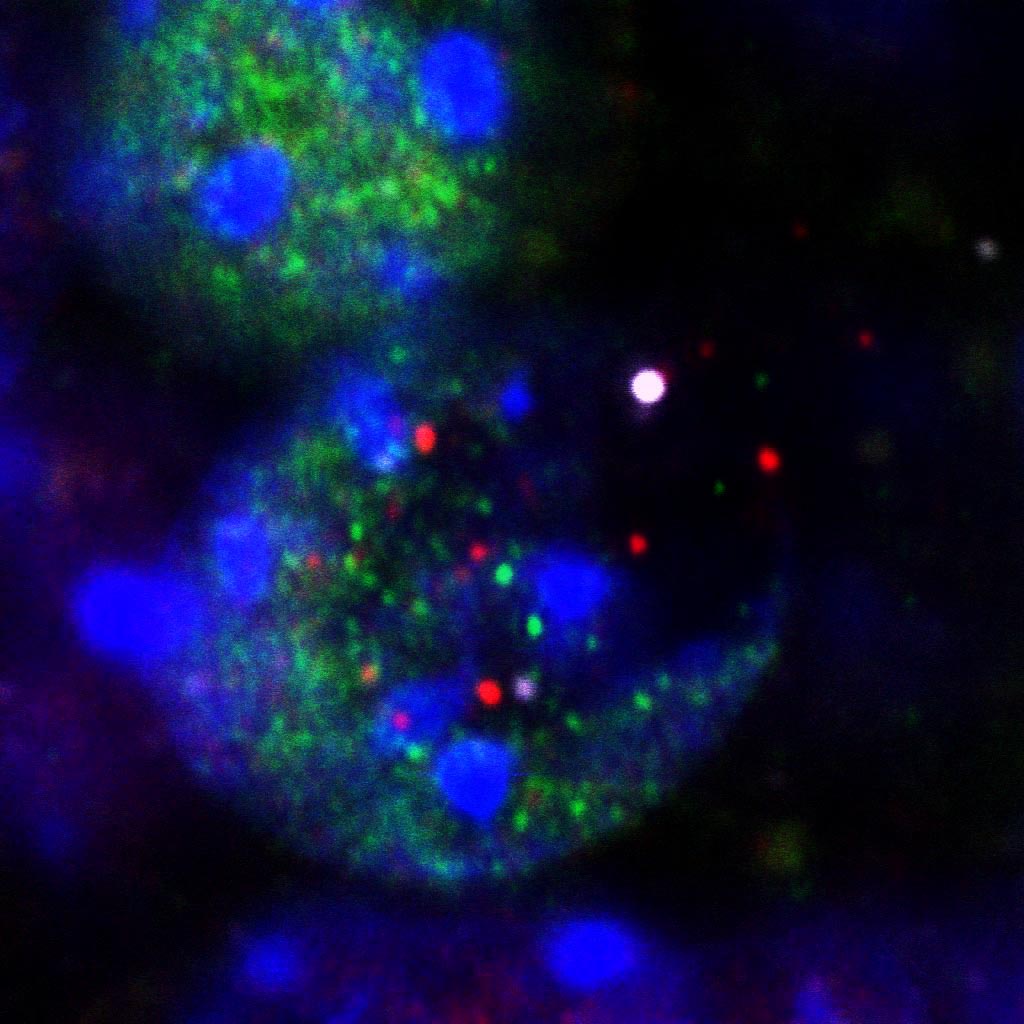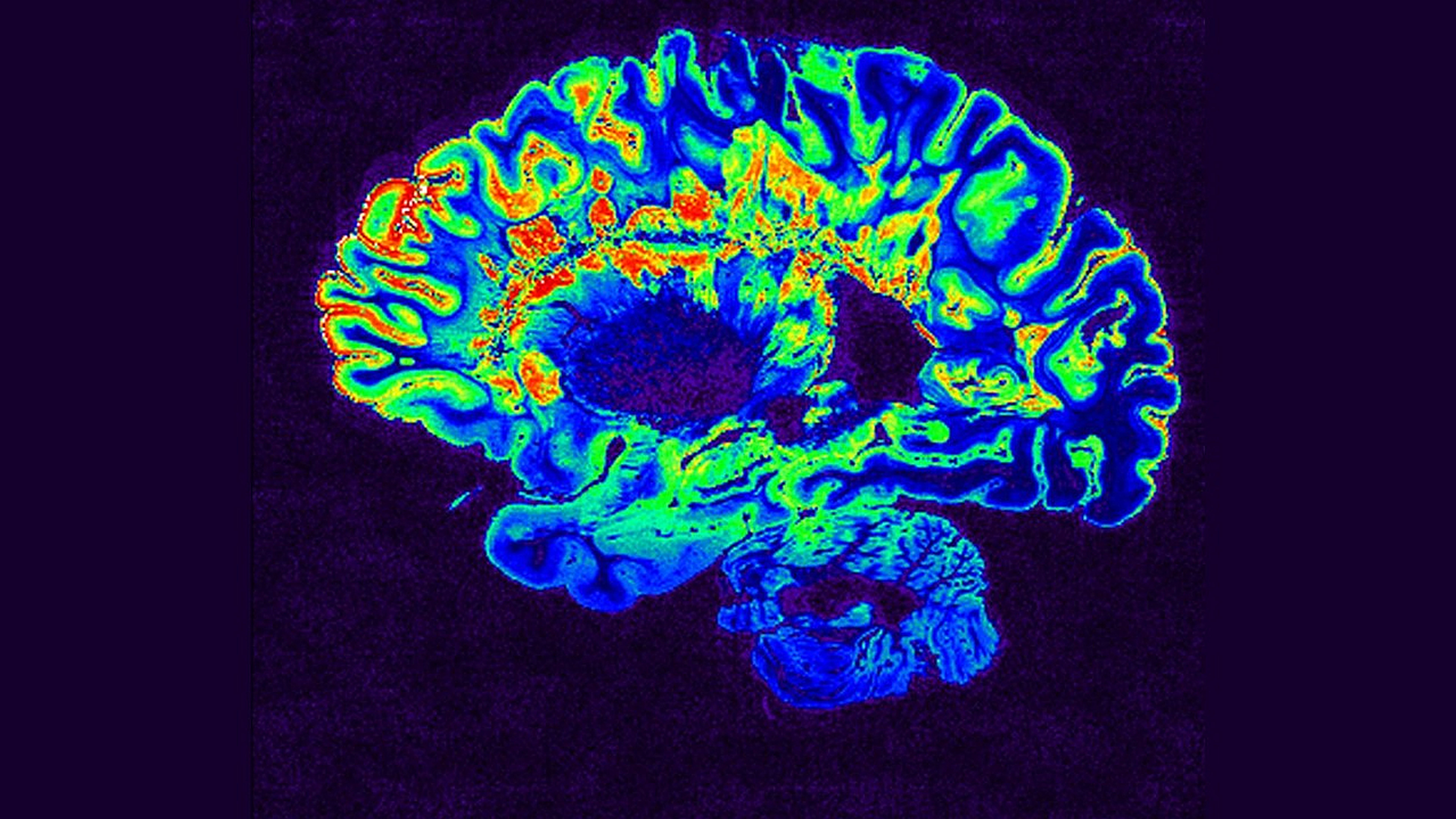Just as you can’t make an omelet without breaking eggs, scientists at Albert Einstein College of Medicine have found that you can’t make long-term memories without DNA damage and brain inflammation. Their surprising findings were published online today in the journal Nature.


